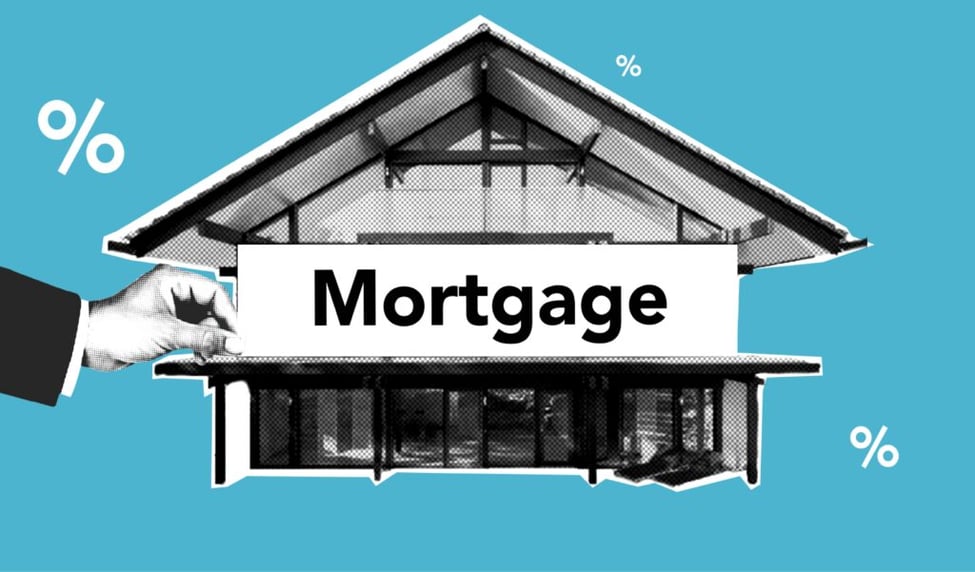If you’re planning to buy a home, one of the biggest questions you’ll face is how to pay for it. For most people, a mortgage is essential to turn their dream of homeownership into reality. But what exactly is a mortgage, and how does it work?
A mortgage is a loan provided by a bank or lender to finance the purchase of a home. It includes details like the interest rate, repayment terms, and the amortization period, which determines how long it will take to fully pay off the loan. Understanding how mortgages work and choosing the right one are critical steps in the home-buying process. The decisions you make now can impact your finances for years to come.
Let’s break it down and explore key tips and mortgage types to help you make an informed decision.
Key Steps Before Applying for a Mortgage
1. Check Your Credit Rating
Your credit score plays a crucial role in determining the mortgage rate you’ll qualify for. Before applying, request a copy of your credit report from major credit bureaus like Equifax or TransUnion. Carefully review it for errors or outdated information and address any issues promptly. A higher credit score can secure you a lower interest rate, saving you thousands over the life of your mortgage.
2. Get Organized
Having your paperwork in order can streamline the mortgage application process. Depending on your employment situation and the type of mortgage, you may need:
Proof of income (pay stubs or tax returns for self-employed individuals).
Recent bank statements.
Details of assets and liabilities.
Identification and proof of residency.
Preparing these documents ahead of time ensures a smoother process when you’re ready to apply.
3. Get Pre-Approved
A mortgage pre-approval provides a clear picture of how much you can borrow, helping you set a realistic budget. It also shows sellers that you’re a serious buyer, giving you an edge in competitive markets. Remember, pre-approval isn’t a guarantee, but it’s an important step in defining your financial boundaries.
4. Consider the Future
Your mortgage is a long-term commitment, so it’s important to think about your future plans. Ask yourself:
How long do I plan to stay in this home?
Should I save for a larger down payment to reduce my loan size?
Am I comfortable with the financial risks of variable interest rates, or would I prefer the stability of a fixed rate?
Planning with these questions in mind helps you minimize financial risks and make a decision that aligns with your goals.
Types of Mortgages: Which One Is Right for You?
Understanding different mortgage options is essential to choosing the one that fits your needs. Here are some common types of mortgages to consider:
1. Conventional Mortgage
Best for: Buyers with at least a 20% down payment.
Key Features: Conventional mortgages don’t require mortgage loan insurance, making them a cost-effective option for buyers who can afford the larger upfront payment.
2. High-Ratio Mortgage
Best for: Buyers with less than a 20% down payment.
Key Features: Allows you to borrow up to 95% of the home’s purchase price but requires you to pay mortgage loan default insurance, which protects the lender in case of default.
3. Vendor Take-Back Mortgage
Best for: Buyers looking for alternative financing options.
Key Features: The seller provides financing to the buyer to help with the purchase. This option can be useful in specific situations, such as buying investment properties.
4. Assumable Mortgage
Best for: Buyers looking to benefit from an existing low interest rate.
Key Features: Allows the buyer to take over the seller’s mortgage payments and interest rate for the remainder of the term, often saving money on interest.
5. Blanket Mortgage
Best for: Housing co-ops or condo purchases.
Key Features: Covers multiple units under one mortgage, with unit owners paying their portion either directly or through their own financing.
6. Portable Mortgage
Best for: Buyers planning to move in the near future.
Key Features: Allows you to transfer your existing mortgage to a new property without penalty, making it ideal for those looking to upgrade or downsize.
Why Being Informed Matters
Buying a home is one of the biggest financial decisions you’ll make. Taking the time to understand your mortgage options and the application process is key to making the most of your investment. Here’s a quick recap of the steps:
Check your credit report and address any issues.
Gather all necessary documents to streamline the process.
Get pre-approved to set realistic financial boundaries.
Think about your future plans and choose a mortgage that aligns with them.
Explore different types of mortgages to find the best fit for your needs.
If you have questions or need personalized advice, don’t hesitate to reach out to a real estate professional or mortgage advisor. They can guide you through the process and help you make the best decisions for your unique situation.
Final Thoughts
A mortgage isn’t just a loan—it’s a tool that helps you achieve the dream of homeownership. By doing your research and preparing thoroughly, you’ll be better equipped to navigate the process and secure the best terms for your financial future. With the right mortgage, you’re not just buying a home—you’re investing in your future.

